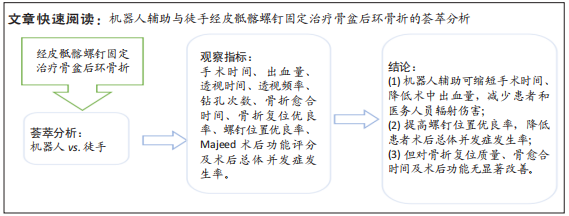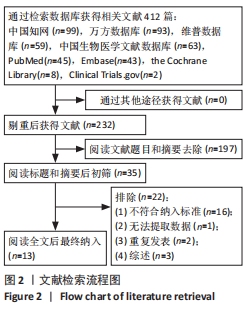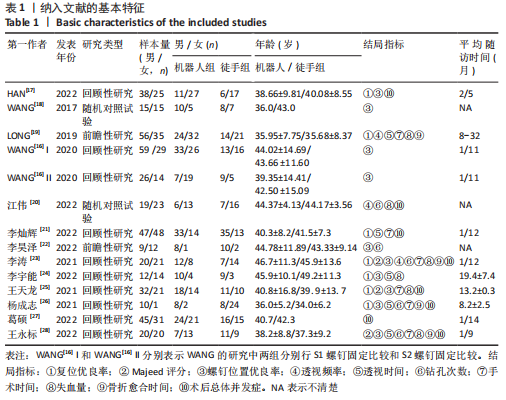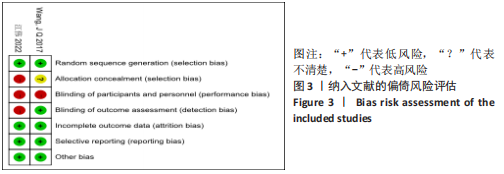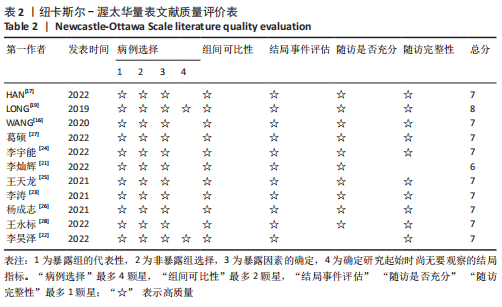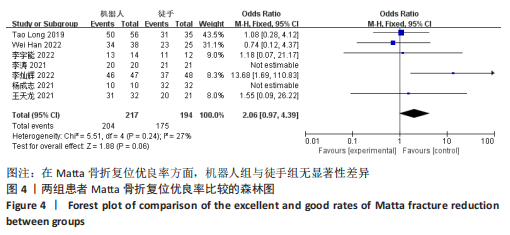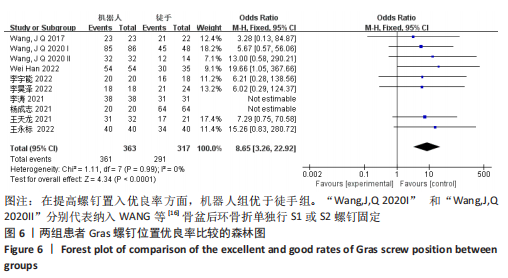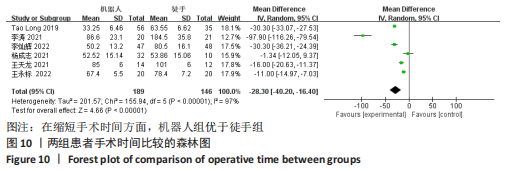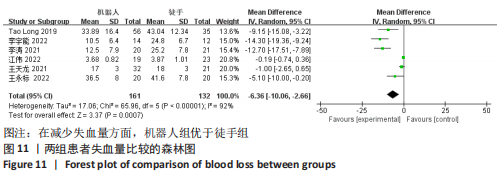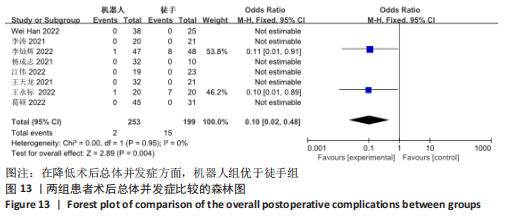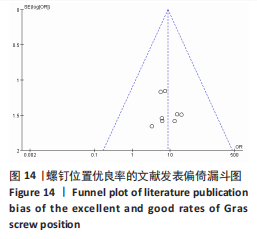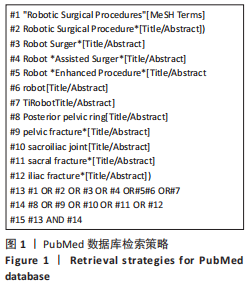[1] CHU CH, TENNAKOON L, MAGGIO PM, et al. Trends in the management of pelvic fractures, 2008–2010. J Sur Res. 2016; 202(2):335-340.
[2] MEJIA DA, PARRA M, ORDOÑEZ CA, et al. Hemodynamically Unstable Pelvic Fracture: A Damage Control Surgical Algorithm that Fits your Reality. Colomb Med (Cali). 2020;51(4):e4214510.
[3] GÄNSSLEN A, POHLEMANN T, PAUL C, et al. Epidemiology of pelvic ring injuries. Injury. 1996;27:13-20.
[4] PERRY JJ. Pelvic open fractures. Clin Orthop Relat Res. 1980;(151):41-45.
[5] DEMETRIADES D, KARAISKAKIS M, TOUTOUZAS K, et al. Pelvic fractures: epidemiology and predictors of associated abdominal injuries and outcomes. J Am Coll Surg. 2002;195(1):1-10.
[6] VRAHAS M, HERN TC, DIANGELO D, et al. Ligamentous contributions to pelvic stability. Orthopedics. 1995;18(3):271-274.
[7] IORIO JA, JAKOI AM, REHMAN S. Percutaneous Sacroiliac Screw Fixation of the Posterior Pelvic Ring. Orthop Clin North Am. 2015;46(4):511-521.
[8] LETOURNEL E. Pelvic fractures. Injury. 1978; 10(2):145-148.
[9] CHIP ROUTT ML, MEIER MC, KREGOR PJ, et al. Percutaneous iliosacral screws with the patient supine technique. Operat Tech Orthop. 1993;3(1):35-45.
[10] CHIP ROUTT ML, KREGOR PJ, SIMONIAN PT, et al. Early Results of Percutaneous Iliosacral Screws Placed with the Patient in the Supine Position. J Orthopa Trauma. 1995;9(3):207-214.
[11] KIM CH, KIM JW. Plate versus sacroiliac screw fixation for treating posterior pelvic ring fracture: a Systematic review and meta-analysis. Injury. 2020;51(10):2259-2266.
[12] FERNÁNDEZ-FERNÁNDEZ R, DIAZ-FREIRE P, RUBIO-SUÁREZ JC. Open reduction and navigated Iliosacral screws for vertically unstable pelvic fractures. Injury. 2021;52 Suppl 4:S22-S26.
[13] LIU Y. Potential Risk of Intelligent Technologies in Clinical Orthopedics. Adv Exp Med Biol. 2018;1093:281-288.
[14] SCHUIJT HJ, HUNDERSMARCK D, SMEEING D, et al. Robot-assisted fracture fixation in orthopaedic trauma surgery: a systematic review. OTA Int. 2021;4(4):e153.
[15] AL-NASEEM A, SALLAM A, GONNAH A,
et al. Robot-assisted versus conventional percutaneous sacroiliac screw fixation for posterior pelvic ring injuries: a systematic review and meta-analysis. Eur J Orthop Surg Traumatol. 2023;33(1):9-20.
[16] WANG J, ZHANG T, HAN W, et al. Robot-assisted S2 screw fixation for posterior pelvic ring injury. Injury. 2020:S0020-1383 (20)30969-4.
[17] HAN W, ZHANG T, SU YG, et al. Percutaneous Robot-Assisted versus Freehand S(2) Iliosacral Screw Fixation in Unstable Posterior Pelvic Ring Fracture. Orthop Surg. 2022;14(2):221-228.
[18] WANG JQ, WANG Y, FENG Y,
et al. Percutaneous Sacroiliac Screw Placement: A Prospective Randomized Comparison of Robot-assisted Navigation Procedures with a Conventional Technique. Chin Med J (Engl). 2017; 130(21):2527-2534.
[19] LONG T, LI KN, GAO JH, et al. Comparative Study of Percutaneous Sacroiliac Screw with or without TiRobot Assistance for Treating Pelvic Posterior Ring Fractures. Orthop Surg. 2019;11(3):386-396.
[20] 江伟, 杨灵, 汪红, 等. 骨科机器人辅助下骶髂关节螺钉治疗骨盆后环骨折的疗效研究[J]. 华西医学,2022,37(4):550-555.
[21] 李灿辉, 吴征杰, 曾焰辉, 等. 骨科手术机器人辅助与传统透视下经皮骶髂螺钉置入的优劣分析[J]. 中国组织工程研究, 2022,26(9):1434-1438.
[22] 李昊泽. 经皮骶髂螺钉置入:机器人辅助与传统技术的比较[D]. 太原:山西医科大学,2022.
[23] 李涛. TiRobot机器人辅助下经皮螺钉内固定治疗骨盆骨折的临床效果分析[D]. 济南:山东大学,2021.
[24] 李宇能, 刘昊楠, 赵春鹏, 等. 急诊骨科手术机器人辅助经皮固定骶髂关节螺钉治疗不稳定型骨盆后环骨折的临床研究[J]. 中华创伤骨科杂志,2022,24(3):194-199.
[25] 王天龙, 周子斐, 刘俊峰, 等. TiRobot机器人联合O形臂X线机微创治疗C型骨盆骨折的疗效[J]. 中华创伤杂志,2021, 37(8):701-707.
[26] 杨成志, 黄站珠, 唐经励, 等. 骨科手术机器人与“O”型臂X线导航辅助骨盆骨折经皮内固定术的比较[J]. 中华骨科杂志,2021,41(19):1387-1395.
[27] 葛硕, 张雷, 周子斐, 等. 天玑骨科机器人联合O臂导航系统辅助经皮微创治疗骨盆后环损伤[J]. 中国修复重建外科杂志,2022,36(8):934-939.
[28] 王永标, 冯小仍, 姚艺艺, 等. 天玑骨科手术机器人结合三维成像技术辅助微创治疗骨盆骨折的疗效分析[J]. 中华创伤骨科杂志,2022,24(10):856-861.
[29] WU T, REN X, CUI Y, et al. Biomechanical study of three kinds of internal fixation for the treatment of sacroiliac joint disruption using biomechanical test and finite element analysis. J Orthop Surg Res. 2018;13(1):152.
[30] HYUN SJ, JUNG JM, KIM KJ, et al. Durability and Failure Types of S2-Alar-Iliac Screws: An Analysis of 312 Consecutive Screws. Oper Neurosurg (Hagerstown). 2020;20(1):91-97.
[31] WU T, CHEN W, LI X, et al. Biomechanical comparison of three types of internal fixation in a type C zone II pelvic fracture model. Int J Clin Exp Med. 2015;8(2):1853-1861.
[32] AHMAD TA, GILCHRIST I. X-ray canary in the cath lab: Posterior cataracts. Catheter Cardiovasc Interv. 2018;91(4):655-656.
[33] HAN MA, KIM JH. Diagnostic X-Ray Exposure and Thyroid Cancer Risk: Systematic Review and Meta-Analysis. Thyroid. 2018; 28(2):220-228.
[34] BARTLEY K, METAYER C, SELVIN S, et al. Diagnostic X-rays and risk of childhood leukaemia. Int J Epidemiol. 2010;39(6): 1628-1637.
[35] JACOFSKY DJ, ALLEN M. Robotics in Arthroplasty: A Comprehensive Review. J Arthroplasty. 2016;31(10):2353-2363.
[36] BARGAR WL, BAUER A, BÖRNER M. Primary and revision total hip replacement using the Robodoc system. Clin Orthop Relat Res. 1998;(354):82-91.
[37] LANG JE, MANNAVA S, FLOYD AJ, et al. Robotic systems in orthopaedic surgery. J Bone Joint Surg Br. 2011;93(10):1296-1299.
[38] PENG YN, TSAI LC, HSU HC, et al. Accuracy of robot-assisted versus conventional freehand pedicle screw placement in spine surgery: a systematic review and meta-analysis of randomized controlled trials. Ann Transl Med. 2020;8(13):824.
[39] LÜTZNER J, KRUMMENAUER F, WOLF C, et al. Computer-assisted and conventional total knee replacement: a comparative, prospective, randomised study with radiological and CT evaluation. J Bone Joint Surg Br. 2008;90(8):1039-1044.
[40] RINGEL F, STÜER C, REINKE A, et al. Accuracy of robot-assisted placement of lumbar and sacral pedicle screws: a prospective randomized comparison to conventional freehand screw implantation. Spine (Phila Pa 1976). 2012;37(8):E496-E501.
[41] CHENG H, CHEN BP, SOLEAS IM, et al. Prolonged Operative Duration Increases Risk of Surgical Site Infections: A Systematic Review. Surg Infect (Larchmt). 2017;18(6):722-735.
[42] MASTRANGELO G, FEDELI U, FADDA E, et al. Increased cancer risk among surgeons in an orthopaedic hospital. Occup Med (Lond). 2005;55(6):498-500.
[43] GOOD CR, OROSZ L, SCHROERLUCKE SR, et al. Complications and Revision Rates in Minimally Invasive Robotic-Guided Versus Fluoroscopic-Guided Spinal Fusions: The MIS ReFRESH Prospective Comparative Study. Spine (Phila Pa 1976). 2021;46(23): 1661-1668.
[44] ZHANG J, NG N, SCOTT C, et al. Robotic arm-assisted versus manual unicompartmental knee arthroplasty : a systematic review and meta-analysis of the MAKO robotic system. Bone Joint J. 2022;104-B(5):541-548.
[45] GE Y, ZHAO C, WANG Y, et al. Robot-Assisted Autonomous Reduction of a Displaced Pelvic Fracture: A Case Report and Brief Literature Review. J Clin Med. 2022;11(6):1598.
[46] PASTOR T, TIZIANI S, KASPER CD, et al. Quality of reduction correlates with clinical outcome in pelvic ring fractures. Injury. 2019;50(6):1223-1226. |
